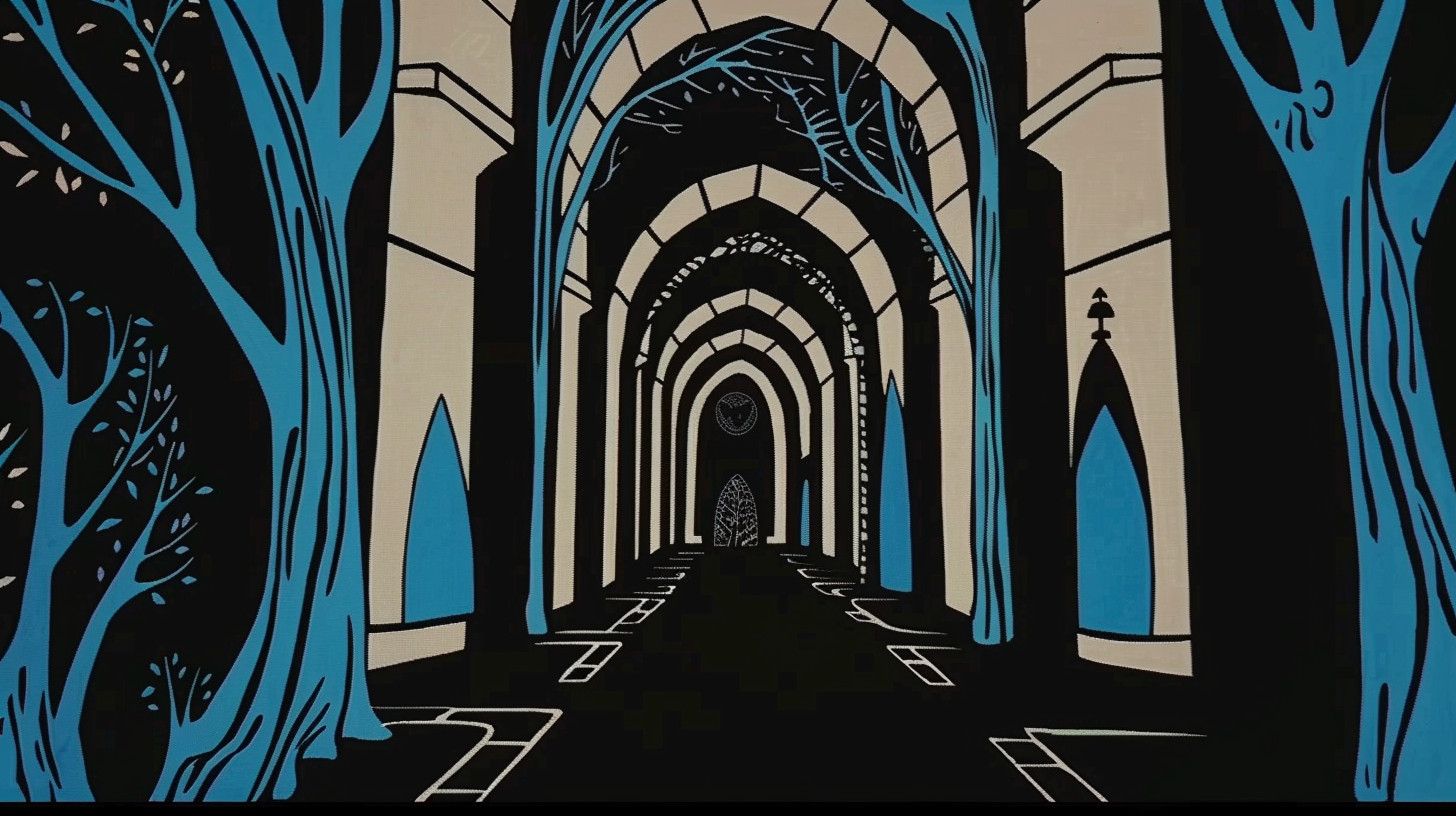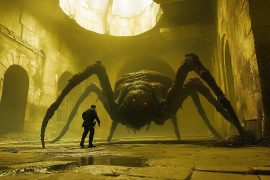There are games you play, games you love, and then there are games that fundamentally alter your relationship with the medium. For me, Castlevania: Symphony of the Night falls firmly into that last category. I first encountered it in the fall of 1997, during my junior year of college. I was living in an off-campus apartment with three other guys, all of us crammed into a space barely big enough for two. The living room was dominated by a hand-me-down couch with suspicious stains and a 27-inch Sony Trinitron TV that was the centerpiece of our shared PlayStation setup. It was on this TV, in this cramped space, that I first stepped into Dracula’s castle as Alucard, not realizing I was about to start a gaming relationship that would span decades.
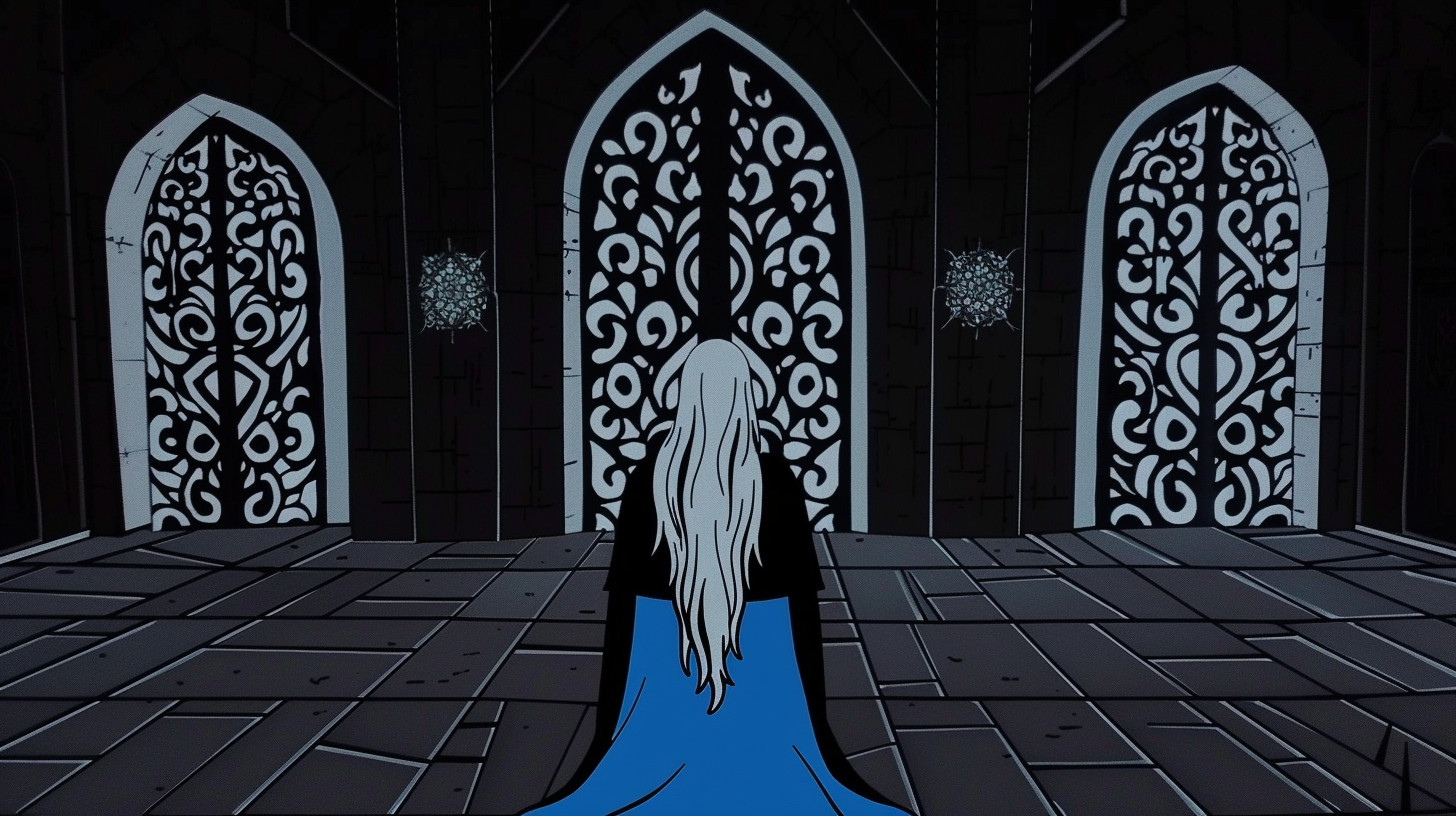
I picked up Symphony of the Night on a whim. I’d played a couple Castlevania games before—the original NES one at a friend’s house, and Super Castlevania IV on the SNES—but I wasn’t particularly invested in the series. The $39.99 price tag seemed steep for a 2D game when everyone was raving about 3D titles like Final Fantasy VII and Tomb Raider. But something about the cover art, with its striking Gothic imagery and the Konami logo (which I associated with quality from my Metal Gear Solid obsession), convinced me to take the plunge. My roommate Dave rolled his eyes when I brought it home. “Dude, why are you wasting money on a side-scroller in 1997?” Little did we know.
The game’s introduction sequence instantly hooked me. Playing as Richter Belmont in what seemed to be the final confrontation with Dracula—essentially playing the ending of a game I’d never played—was a brilliant narrative device. The dialogue was gloriously overwrought, with Richter’s declaration “Die monster! You don’t belong in this world!” delivered with such earnest melodrama that Dave and I immediately began quoting it around the apartment. When Dracula responded with the now-legendary “What is a man? A miserable little pile of secrets,” we lost it completely. The cheesy voice acting somehow enhanced rather than detracted from the Gothic atmosphere, like watching a particularly enthusiastic community theater production of Dracula.
Then the game proper began, with Alucard entering the castle four years later, and everything changed. The controls were fluid in a way I’d never experienced in a 2D game. Alucard’s movement had this ghostly momentum to it, his cape trailing behind him like mist. The first time I discovered the backdash—completely by accident, frantically trying to avoid an axe knight—I felt like I’d unlocked a secret technique. When I obtained the ability to transform into a wolf or mist, navigation took on new dimensions. The castle wasn’t just a series of platforms to jump between; it was a complex environment to be explored through multiple movement styles.
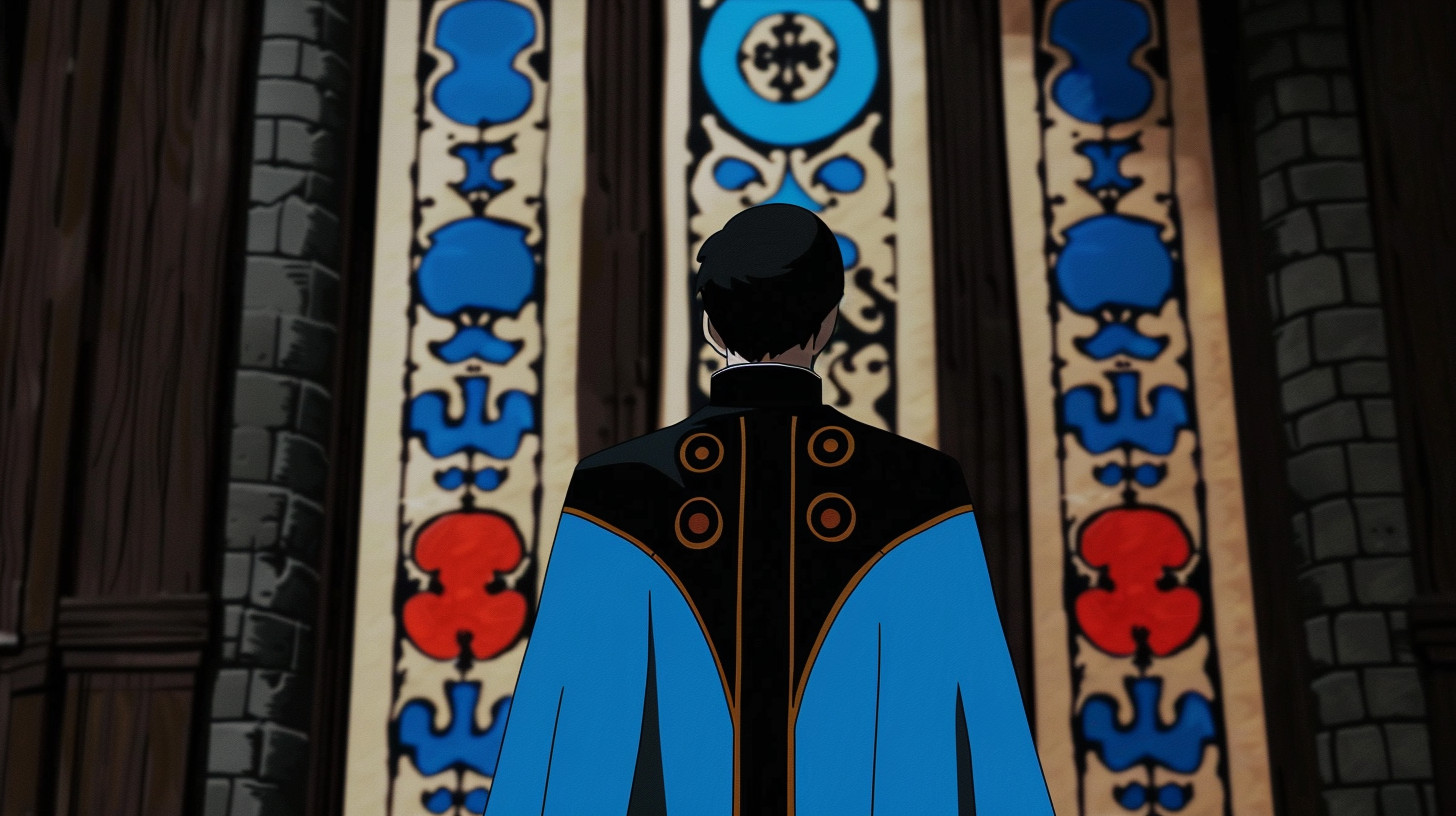
The “Metroidvania” aspect of Symphony caught me completely off guard. I was used to linear Castlevania games where you progressed from level A to level B in a predetermined sequence. Suddenly I had this sprawling, interconnected castle to explore at my own pace, with areas I couldn’t access until I found new abilities. I remember reaching the Clock Tower early on and being absolutely demolished by the enemies there, realizing this was the game’s way of telling me “not yet, buddy.” The moment I found the Soul of Bat ability and realized I could now reach all those high ledges I’d been seeing throughout the castle—that was when Symphony’s genius clicked into place for me.
The RPG elements added another layer of depth I hadn’t expected. Finding new equipment wasn’t just about increasing stats; it completely changed how Alucard looked and fought. I spent hours experimenting with different weapon combinations. The Shield Rod with its special moves. The hilariously impractical but awesome Sword of Dawn that summoned zombies. The Crissaegrim that turned Alucard into a whirlwind of blades if you could get the button presses just right. Each discovery felt meaningful, not just incrementally better damage numbers. I distinctly remember finding the God’s Garb robe and immediately making Dave come look at how ridiculous/awesome Alucard looked in it, swirling around in this ornate religious robe while slicing zombies.
The soundtrack, my god, the soundtrack. Michiru Yamane created a score that defined what Gothic video game music could be. From the haunting strings of “Wood Carving Partita” in the Marble Gallery to the adrenaline-pumping rock of “Tragic Prince” during certain boss fights, each area had a distinct musical identity that enhanced its atmosphere. I ended up buying the official soundtrack CD from an import shop in the early 2000s, and it’s still in regular rotation when I need background music for writing or coding. There’s a particular melancholy to “Lost Painting” that I find conducive to creative work, like it’s accessing some deeper emotional well. I’m not being hyperbolic when I say Yamane’s compositions for Symphony rank among the most effective and memorable video game music ever created.
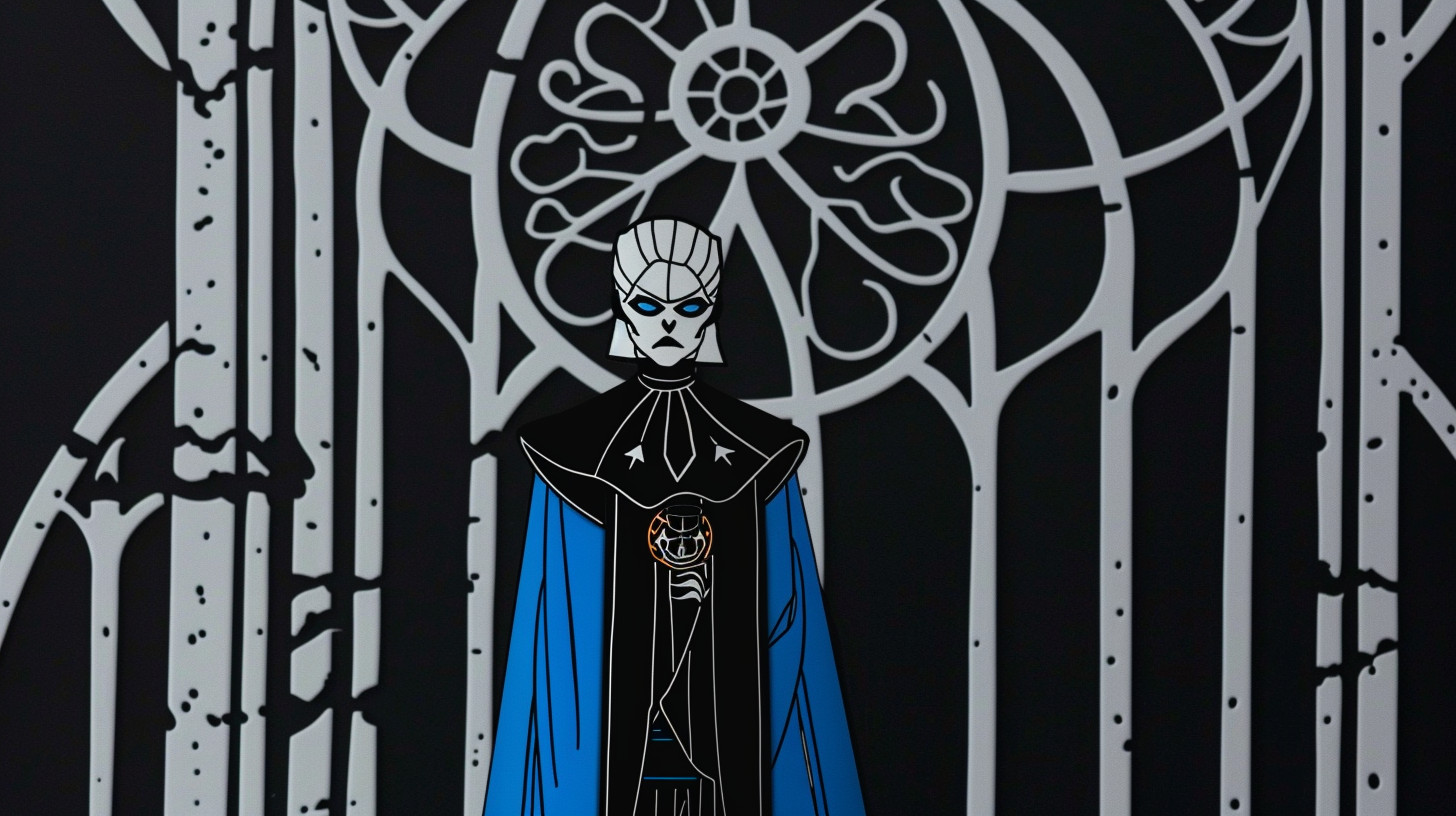
And then there was THE twist. I thought I’d beaten the game. I’d defeated Richter (sparing him after using the Holy Glasses, of course), witnessed what seemed like a conclusion, and sat back satisfied with my experience. Then the prompt appeared to equip the Gold and Silver rings to “see beyond evil’s illusion.” When the castle inverted, revealing I’d only explored half the game, I quite literally jumped off the couch. Dave, who’d been half-watching while studying for an economics exam, dropped his textbook. “Are you kidding me? There’s a whole other castle?” We stayed up until 4 AM exploring the Inverted Castle, marveling at how the level designers had ensured that the castle’s architecture worked both right-side up and upside down.
The Inverted Castle wasn’t just a gimmick or lazy reuse of assets. It transformed familiar spaces into new challenges, with gravity itself becoming a gameplay element as Alucard had to navigate previously simple rooms now filled with spikes on the “floor” (formerly the ceiling). The new enemies were substantially tougher, and discovering the bizarre optional bosses—like Galamoth, who I’m pretty sure killed me twenty times before I figured out a workable strategy—added to the sense that this was a game created by designers who were having fun, who kept adding layers of content because they loved what they were making.
Symphony of the Night taught me to look for secrets everywhere. The breakable walls, the hidden rooms, the rare enemy drops—they fostered a sense of rewarded curiosity that changed how I approached all games afterward. The famous trick of using the Wolf form to slip through a particular grate and find the special boots that increase jump height? I found that by accident while exploring, and it felt like I’d discovered something the developers hadn’t intended (though obviously they had). These weren’t the hand-holding “secrets” of modern games where a special icon appears on your mini-map; they were genuine discoveries that required observation and experimentation.
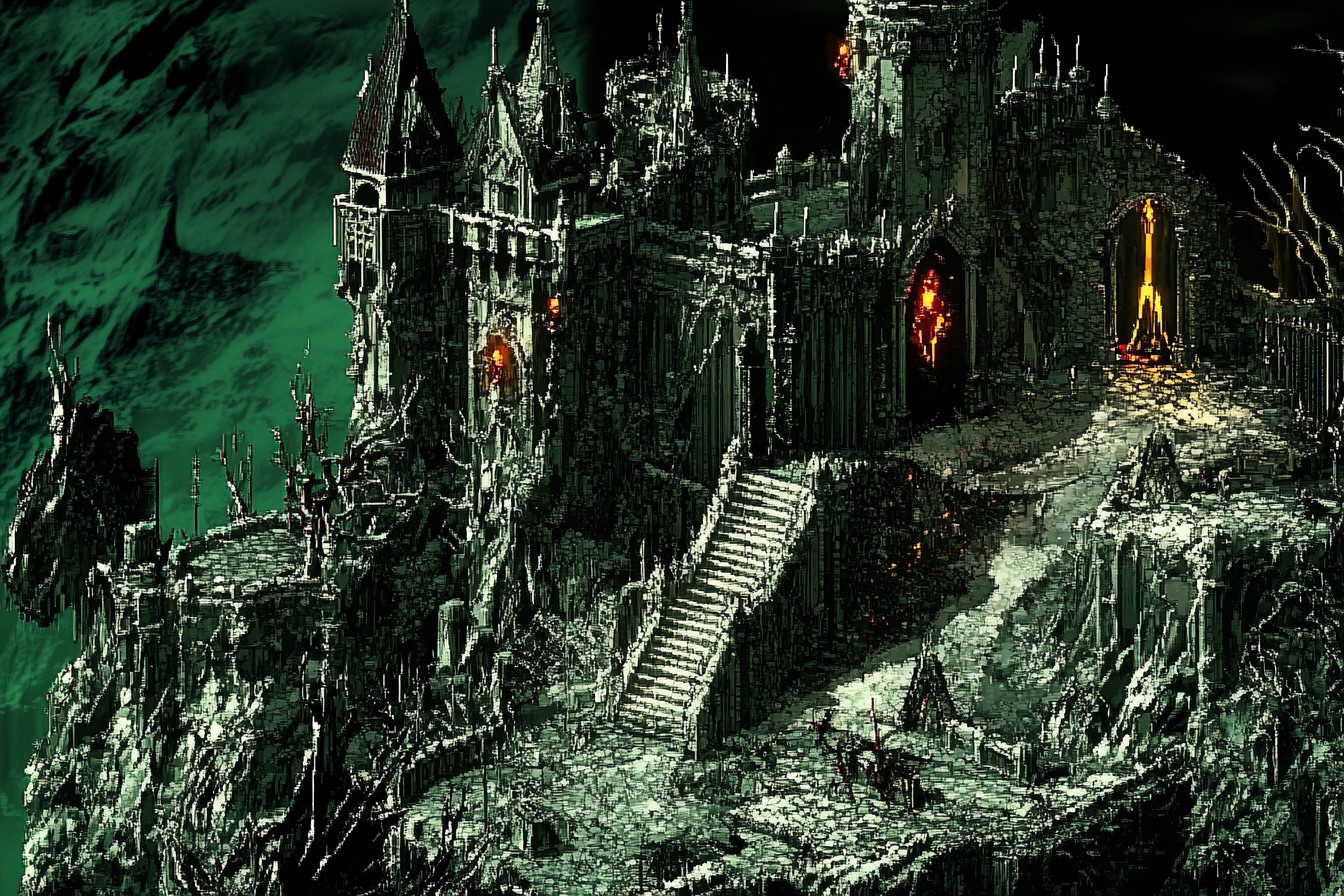
My first playthrough took around 30 hours, and I finished with just under 180% map completion. I knew there was more to find. Two days later, I started a second playthrough, determined to find every secret room, defeat every boss, and collect every item. This was before GameFAQs was comprehensive, before YouTube walkthroughs, when discovering a game’s secrets required actually playing the game repeatedly or finding tips in gaming magazines. My roommates began to worry about me. “Dude, you have a Sociology midterm on Thursday,” Dave reminded me as I started yet another session at 1 AM on a Tuesday. “I’ll be fine,” I assured him, while trying to figure out how to access that one room in the Colosseum that seemed unreachable. (I wasn’t fine. I got a C- on the midterm. Worth it.)
The combat in Symphony spoiled other action RPGs for me for years. It struck that perfect balance between accessibility and depth—simple to pick up but with enough nuance to reward mastery. The variety of weapons completely changed your approach to fights; using the Sword Familiar (once leveled up to the point it fought alongside you) felt entirely different from wielding the slow but devastating Gram. Learning the precise timing for the Shield Rod + Alucard Shield combo that created an invulnerability field became a personal mission. I spent entire evenings farming rare drops from certain enemies just to complete my collection of combat options.
Then there were the bizarre secrets that seemed to exist just because the developers thought they’d be fun. Using the Axe Lord Armor, Silver Plate mail, and Gold Plate mail simultaneously to produce a strange prismatic visual effect. The fact that you could wear the Secret Boots to make Alucard taller for no gameplay benefit whatsoever. The Nose Devils that appeared if you sat in a specific confessional for precisely one minute. Each discovery reinforced the sense that this game was created by people who loved what they were doing and kept adding details for the pure joy of it.
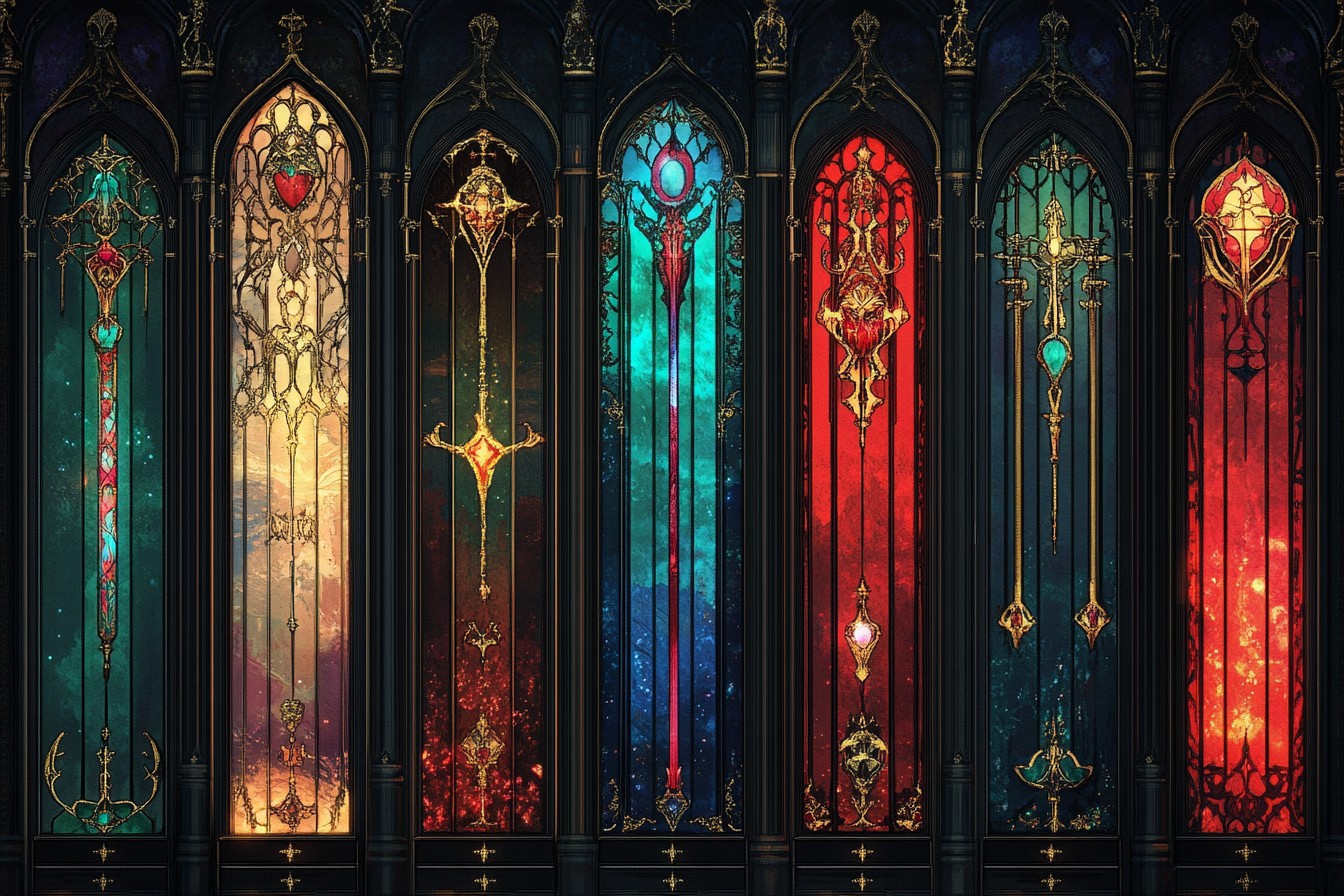
Kojima’s involvement in the game’s production explains some of its more eccentric elements. Though he wasn’t the director, his role as producer left fingerprints throughout—from the fourth-wall-breaking aspects like the hidden developer’s room to the cinematic presentation of certain sequences. Symphony represents a fascinating intersection of Kojima’s narrative ambitions and Metroidvania gameplay that resulted in something greater than either influence alone. Years later, when I played his Metal Gear Solid games, I recognized certain stylistic touches that echoed what I’d seen in Symphony.
The notorious “What is a man” mistranslation symbolizes something special about the original PlayStation version. That entire opening sequence was rewritten and rerecorded for later ports, supposedly improving the script but losing the charming awkwardness of the original. There’s something to be said for embracing imperfection when it adds character. I’ve played the PSP version with its revised dialogue, and while objectively “better,” it lacks the quotable camp quality that made the original so memorable. My college roommates and I would dramatically declare “DIE MONSTER” at random moments—a in-joke that continues to this day when we reconnect, more than twenty-five years later.
I’ve replayed Symphony of the Night every few years since that first encounter. Each replay feels like visiting an old friend—familiar but always with some detail I’d forgotten or never noticed before. During a playthrough in 2005, I discovered you could actually jump onto chandeliers in the Marble Gallery, something I’d somehow missed entirely in previous runs. In 2012, I challenged myself to complete the game using only the Fist of Tulkas—a deliberately underpowered weapon that forced me to completely reconsider my approach to boss fights. My most recent playthrough in 2022 was on the Castlevania Advance Collection on Switch, and even on a modern OLED screen in handheld mode, the game’s artwork and animation hold up remarkably well.
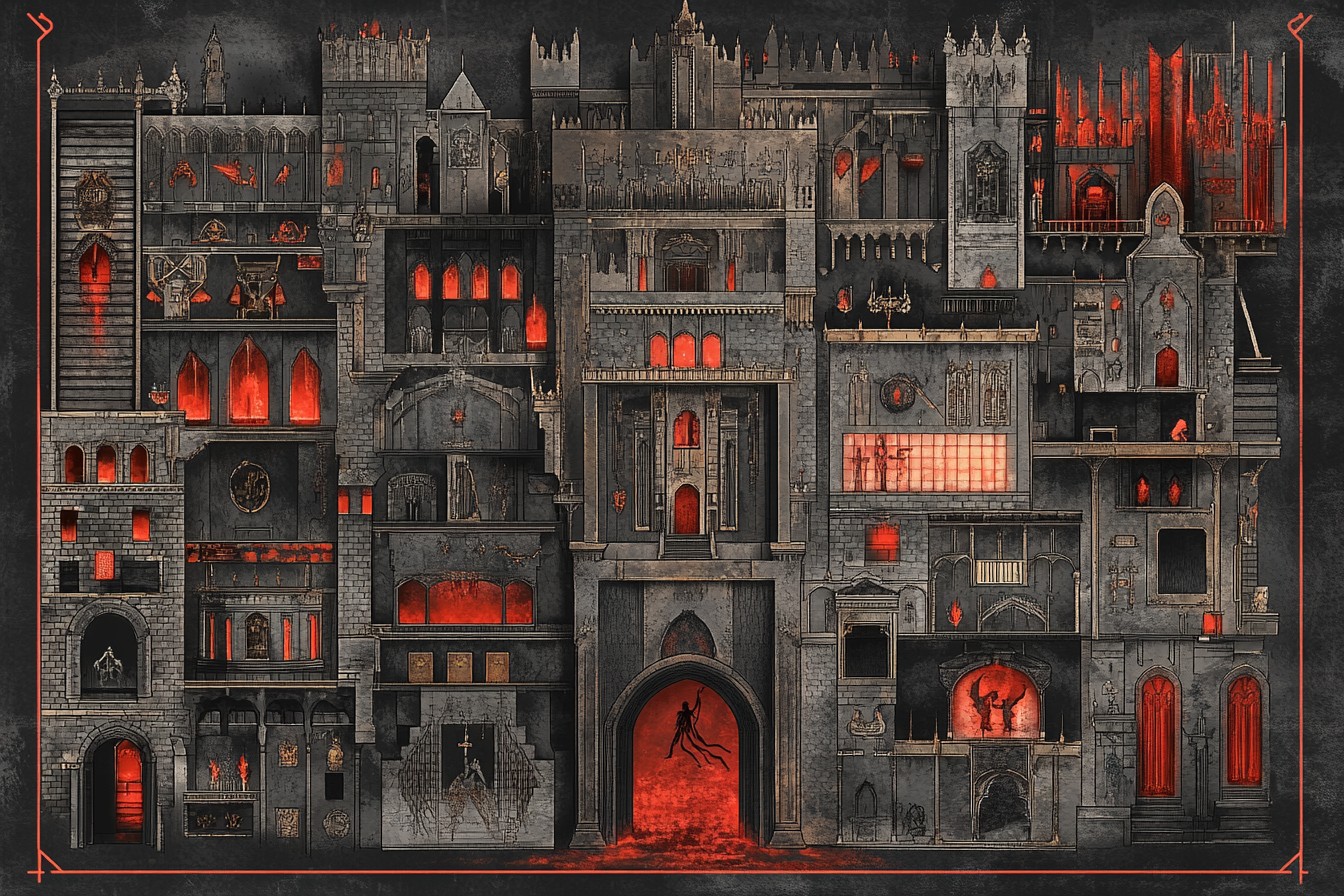
What keeps me coming back isn’t nostalgia, though that’s certainly a factor. It’s that Symphony of the Night represents a perfect alignment of gameplay systems, artistic vision, audio design, and pure fun that few games achieve. The exploration never feels tedious because movement itself is enjoyable. The combat never becomes dull because of the vast array of options available. The castle’s atmosphere remains haunting and beautiful even after dozens of visits. The progressive power growth from vulnerable beginning to godlike end is perfectly paced to keep you engaged throughout.
The game’s influence on the industry has been immense, spawning an entire subgenre now known as “Metroidvania.” Playing modern titles like Hollow Knight or Ori and the Will of the Wisps, I can trace their DNA directly back to Symphony—the ability-gated exploration, the movement evolutions, the interconnected world design. But few of these spiritual successors capture the exact magic of Symphony, that perfect balance of systems and atmosphere that never prioritizes one aspect of design over another.
I’ve kept every version of the game I’ve ever owned—the original PlayStation disc (now in a protective case after the jewel case cracked), the PSP Dracula X Chronicles that included Symphony as an unlockable, the PS4 Requiem collection, and most recently the Advance Collection on Switch. It’s the only game I own across four different platforms, a testament to its lasting impact on me. My wife finds this level of dedication to a single game both amusing and slightly concerning. “What if there’s a fire?” she once asked. “What’s your priority: our wedding photos or your Castlevania collection?” I wisely declined to answer.
The sound of breaking candles in video games still triggers a Pavlovian response in me, an immediate expectation that hearts or money might appear. The specific chime of Symphony’s item collection sound lives rent-free in my head, instantly recognizable even out of context. These audio cues have become part of my gaming vocabulary, references against which I unconsciously measure all other games. Symphony didn’t just entertain me for a few dozen hours in 1997; it fundamentally altered how I experience and evaluate games of all types.
Symphony of the Night represents more than just a great game to me—it marks a specific period in my life, a connection to friends and experiences long past, and a standard against which I measure gaming experiences even decades later. Each replay is simultaneously a gaming session and a kind of meditation, a familiar journey through a masterpiece I know intimately but that still somehow manages to surprise me. As I’ve grown older, balder, and presumably wiser, many games have come and gone from my life. But Symphony endures, a perfect crystallization of what makes this medium special, a game I suspect I’ll still be returning to decades from now, finding new appreciation for its timeless design with each visit to that magnificent, impossible castle.

